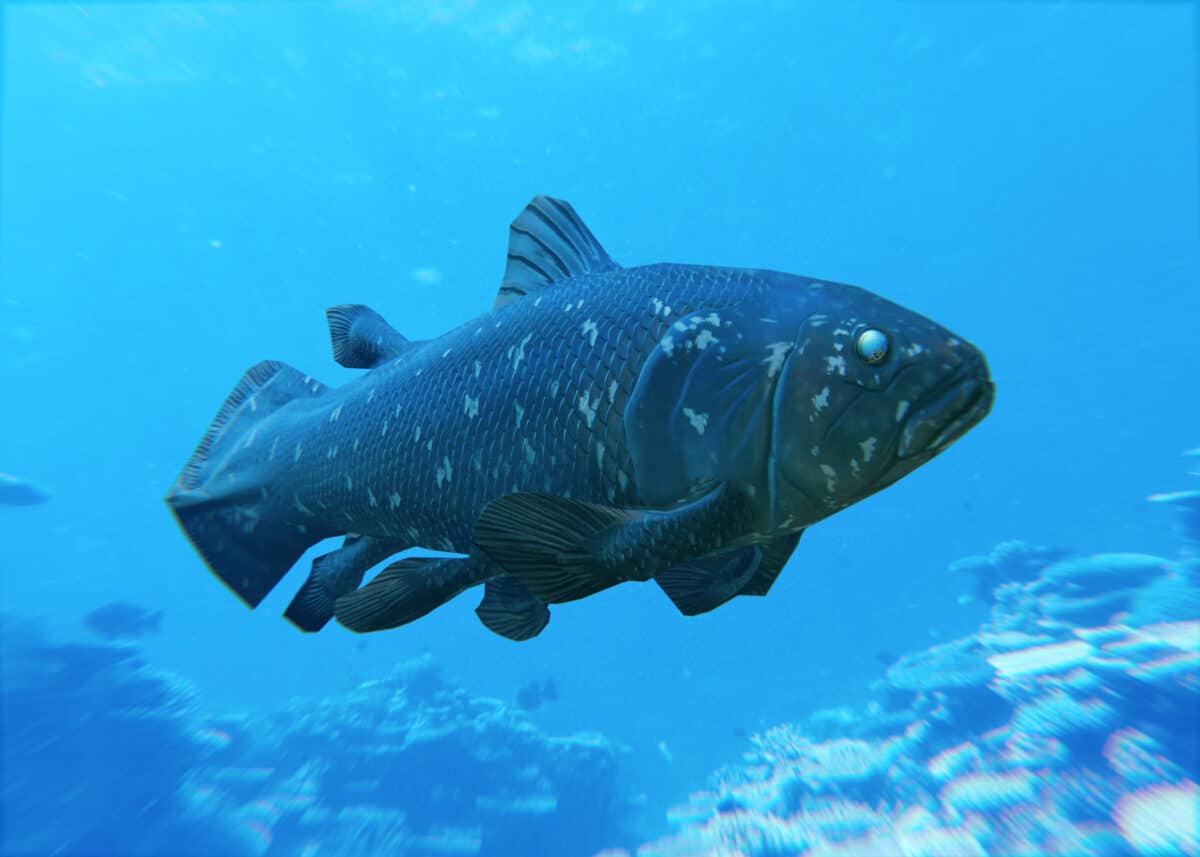In the mysterious depths of the ocean, where sunlight struggles to penetrate and strange creatures dwell, there exists a remarkable fish thought to be long extinct: the Coelacanth. Often heralded as a ‘living fossil,’ the Coelacanth has fascinated scientists and enthusiasts alike since its astonishing rediscovery in the 20th century. This article explores the history, biology, and significance of this extraordinary creature, shedding light on one of the most intriguing inhabitants of our planet’s deep sea.
The Discovery of a Living Fossil

The story of the Coelacanth’s rediscovery begins on December 23, 1938, when a peculiar fish was caught off the coast of South Africa near the Chalumna River. Marjorie Courtenay-Latimer, a museum curator, identified the fish as something extraordinary. Still, it wasn’t until further examination by ichthyologist J.L.B. Smith that the creature was recognized as a Coelacanth—a species believed to have been extinct for over 66 million years.
Understanding the Coelacanth’s Appearance

The Coelacanth is striking not only due to its rarity but also its distinctive appearance. These fish can reach lengths of up to 6.5 feet (2 meters) and weigh around 200 pounds (91 kilograms). They possess a unique, lobed fin structure that resembles the limbs of terrestrial animals, hinting at a crucial evolutionary link. Their bodies are covered in thick, bony scales, providing a hardy defense against the harsh conditions of the deep sea.
The Deep-Sea Habitat

Coelacanths reside at depths ranging from 500 to 800 feet (150 to 250 meters), where they navigate the cool, dark waters of the Indian Ocean basin. These habitats lie along volcanic slopes and underwater caves, providing the perfect refuge from predators and human interference. Despite being found in parts of Africa and Indonesia, their global population is estimated to be critically low, making them a priority for conservation efforts.
Evolutionary Significance

The Coelacanth’s primitive features shed light on the evolutionary past of vertebrates. Their lobed fins bear structural similarities to the limbs of early tetrapods, suggesting that creatures like the Coelacanth might have been pivotal in the transition from aquatic to terrestrial life. Studying these ancient fish offers invaluable insights into the path of evolution, providing clues about how vertebrates, including humans, evolved.
Scientific Challenges and Curiosities

Despite the breakthroughs gleaned from their rediscovery, studying Coelacanths presents numerous challenges. Their deep-sea habitat limits observational opportunities, requiring advanced technology like submersibles and remotely operated vehicles to gather data. Furthermore, ethical concerns restrict the number of specimens that can be captured for research purposes. Nevertheless, every observation adds to our understanding of these enigmatic fish.
Conservation Concerns

Listed as critically endangered by the International Union for Conservation of Nature (IUCN), the Coelacanth faces numerous threats, including bycatch in fishing operations, habitat destruction, and climate change. Efforts to conserve their environments and reduce accidental catch are crucial to preserving this ancient lineage. Public interest and international cooperation are vital in ensuring the Coelacanth’s continued survival.
The Coelacanth’s Cultural Significance

Beyond their scientific importance, Coelacanths capture the imagination of the public and have inspired countless stories and myths. Their rediscovery has challenged perceptions of extinction and survival, serving as a powerful reminder of nature’s resilience and the depths of the ocean still left to explore.
Conclusion

The Coelacanth stands as a testament to the mysteries of our planet’s oceans and the enduring legacy of Earth’s distant past. As a living fossil, it offers a tangible link to the evolutionary history of life on Earth. Its continued existence underscores the importance of conservation and scientific exploration, inviting us to protect and unravel the wonders hidden beneath the waves.
- 10 Things That Trigger Komodo Aggression And 3 That Do Not - August 21, 2025
- 10 Record Breaking Animals You Won not Believe Are Real - August 21, 2025
- 12 Most Frequently Adopted Dog Breeds in America - August 21, 2025

